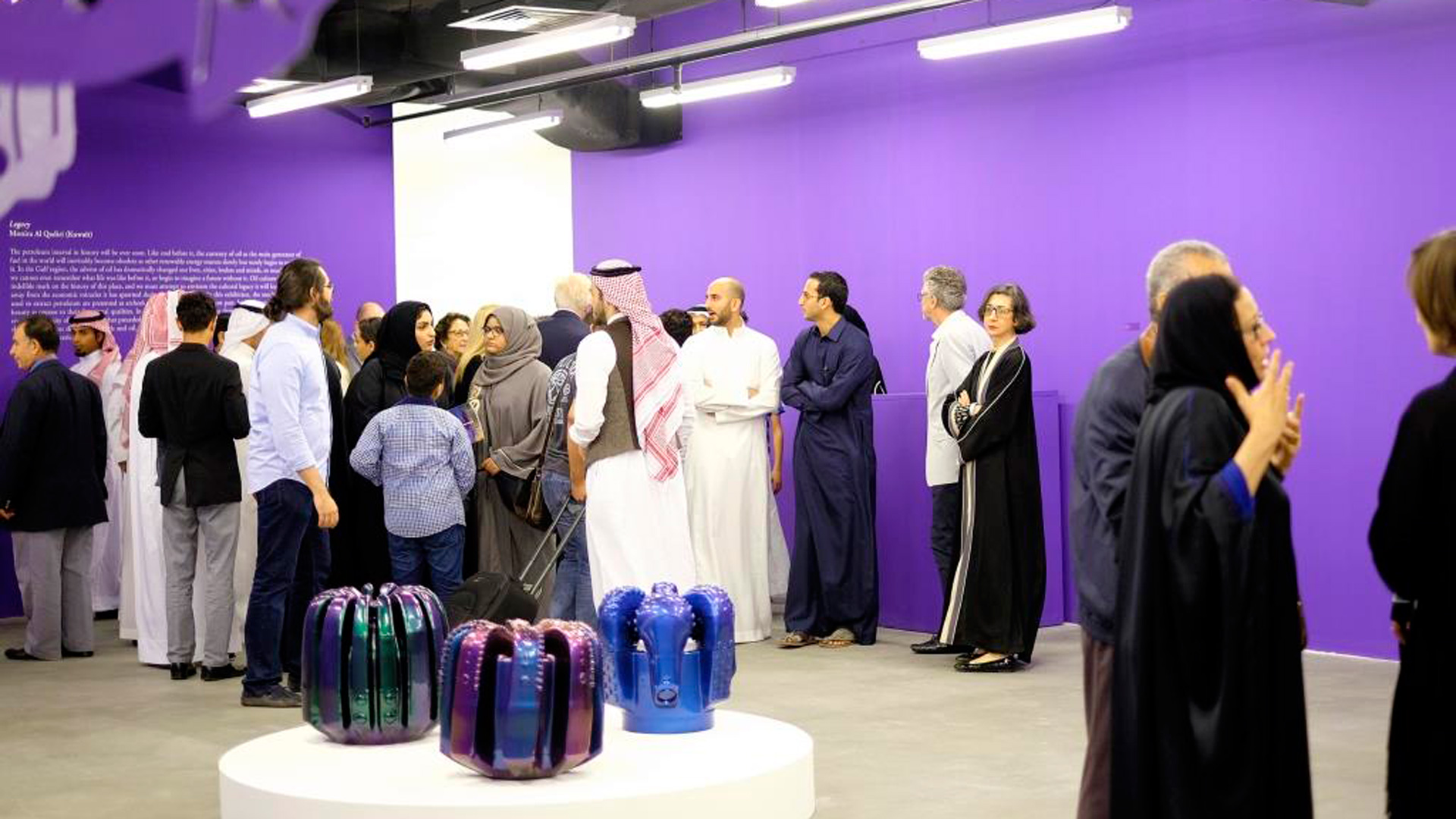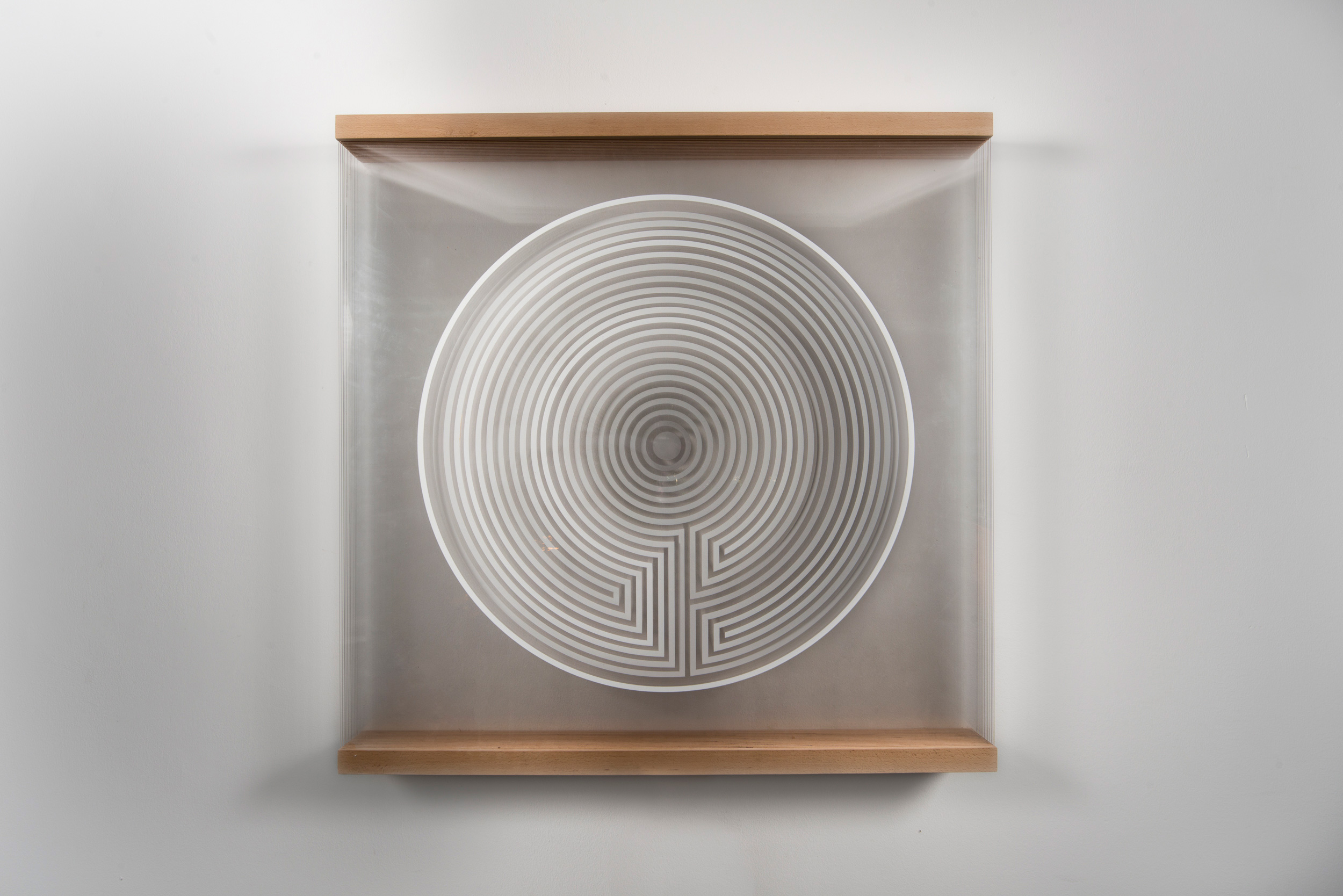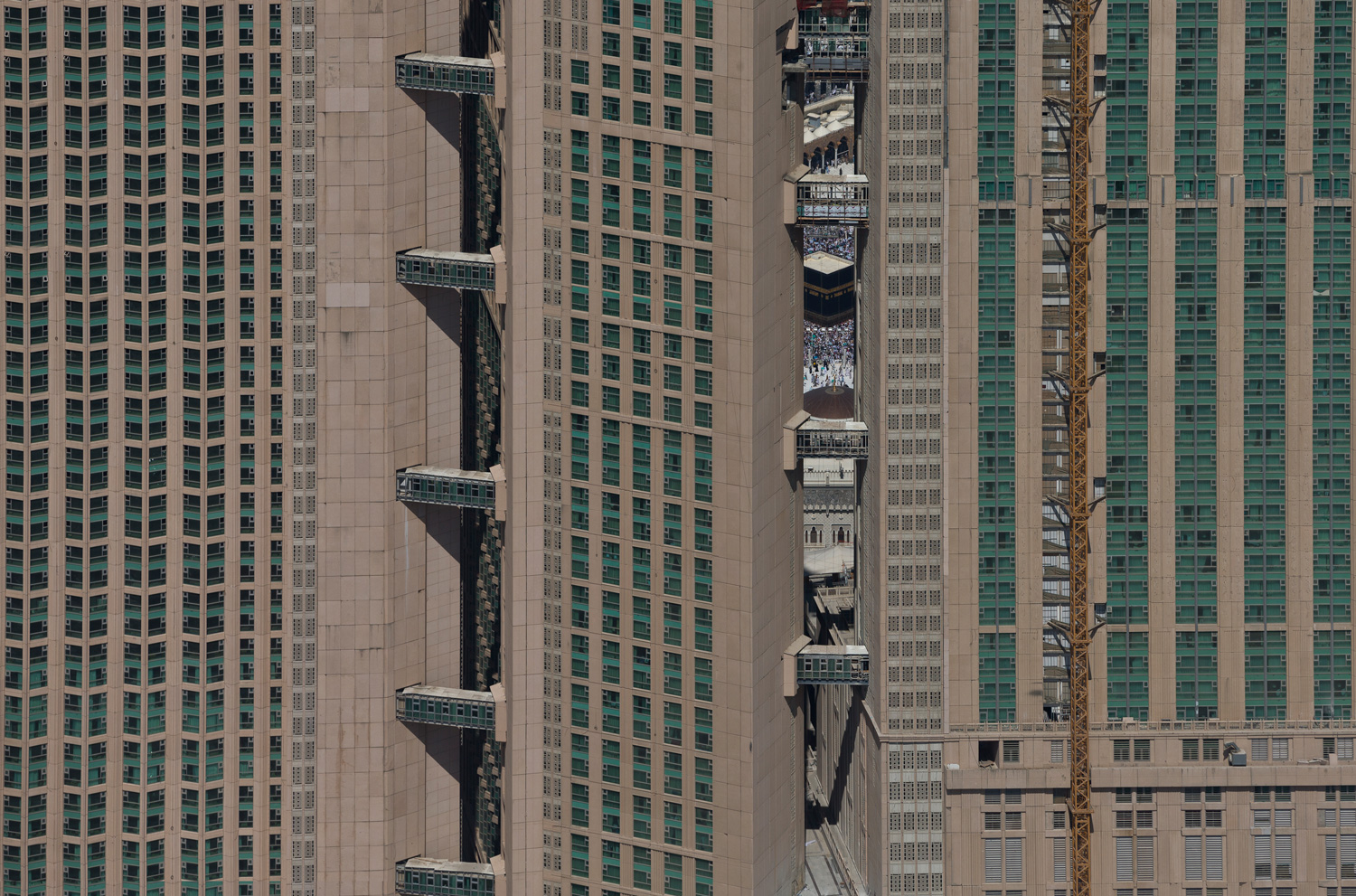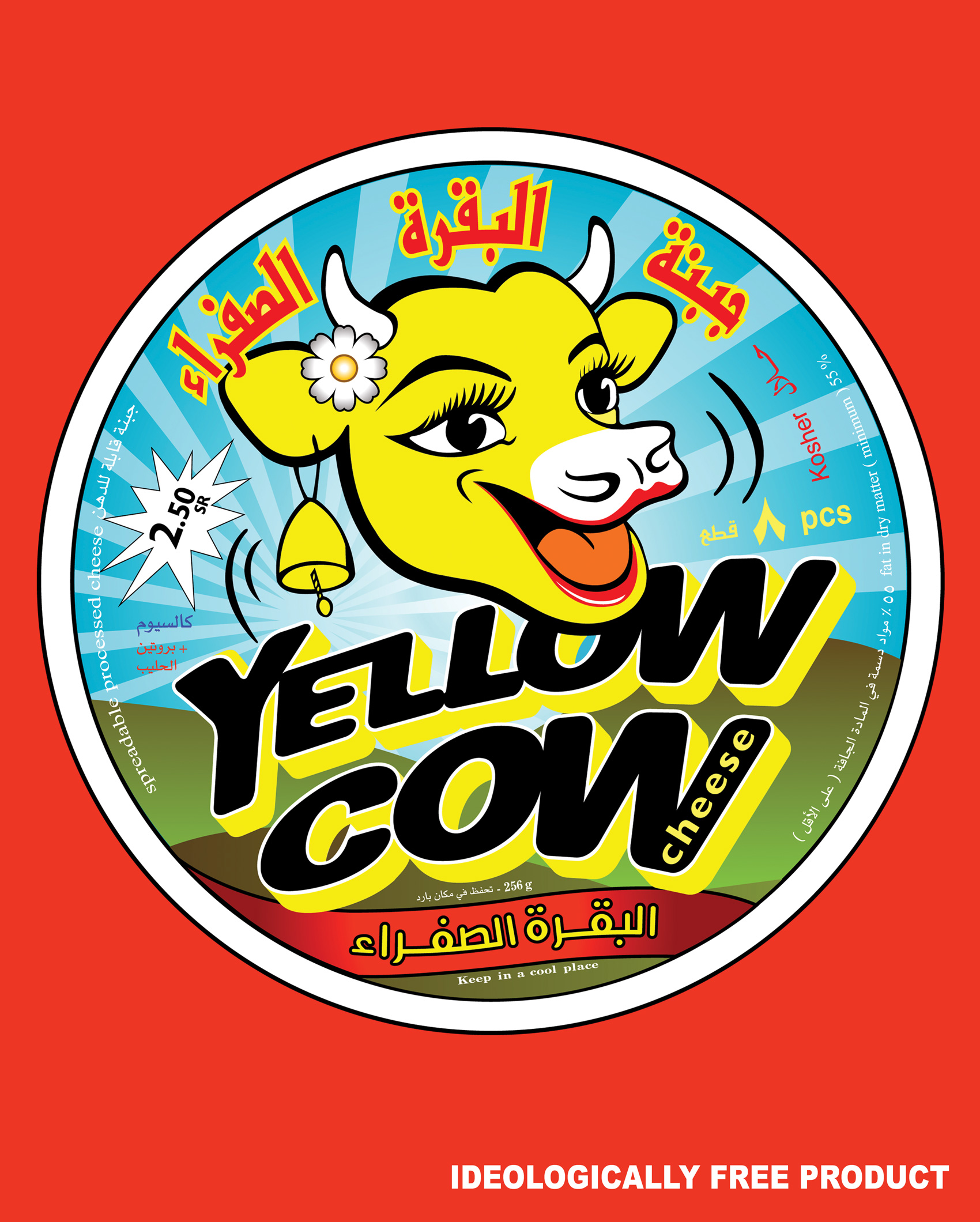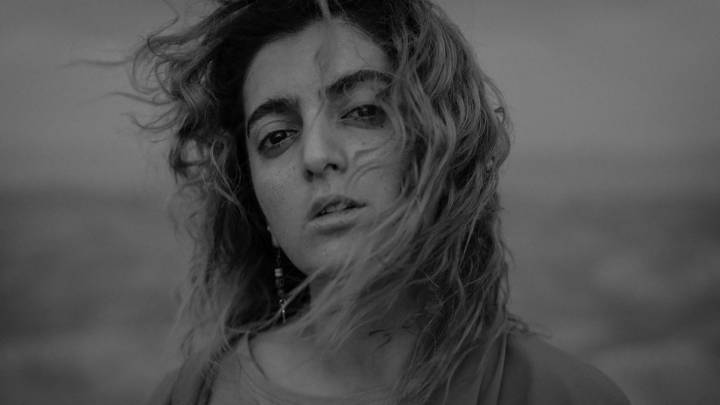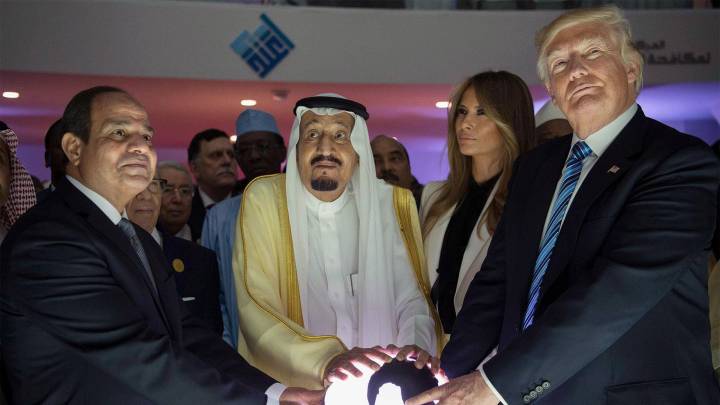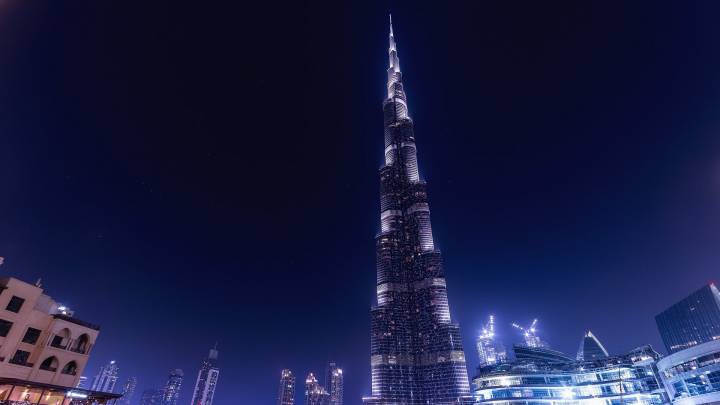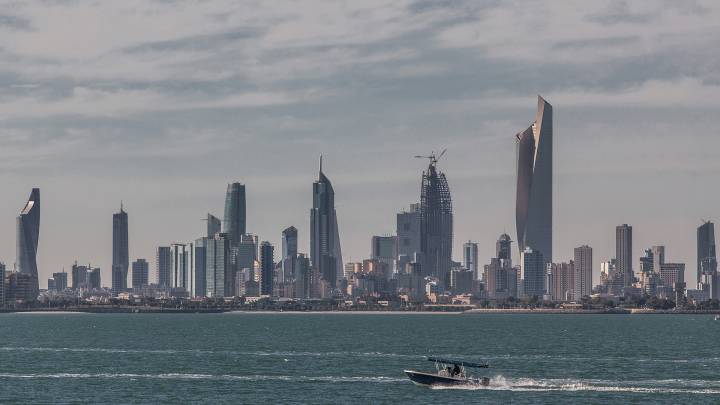Slowly but surely, Saudi Arabia is changing. For the country’s artists, it can’t come soon enough.
This February, an international delegation of art critics, curators, collectors and dealers took a trip Jeddah, for the fourth annual 21,39. The oddly named event (inspired by Jeddah’s nautical coordinates) revolved around a group show – Safar – as well as film screenings, workshops, public installations, talks and gallery exhibitions. Safar offered up an impressive array of painting, installations, sculpture, photography and film pieces by 45 artists, 25 of them Saudi. Tellingly, 21,39 is chaired by HRH Princess Jawaher bint Majid bin Abdulaziz and organised by the Saudi Art Council, giving the event an official imprimatur.
Among the emerging talents, Sara Abdu, Majid Angawi, Abdullah Al-Othman, Mohammad Al-Faraj, Reem Al-Nasser and Dana Awartani deployed diverse media with originality, wit and focus. Surveying the show, it was clear that despite the limitations and restrictions of everyday life in the kingdom, the country’s young creatives are enjoying something of a moment.
Saudi Arabia is a country in flux. Rigid authoritarianism is slowly evolving, as the country seeks to move away from its reliance on oil exports. As the country becomes in tiny degrees a more liberal society, a new wave of Saudi artists is dealing with a broad spectrum of issues, bound by a common heritage and context. With a notably more equal gender balance than in other Gulf states (where male artists are in the minority), one finds themes as diverse as the pressures of rapid urbanisation, the loss of traditional ways of life, Western stereotypes and the female body as a political and cultural battleground recurring in the art.
Some, such as the country’s best-known artist, former doctor Ahmed Mater, or calligraphist Nasser Al Salem, discuss modes of faith and prayer via crisp, contemporary visuals. Others stray carefully into more controversial areas, with commentaries on censorship, repression, social injustice and gender inequality. Artists are gaining courage and respect in a country where so much is circumscribed and controlled. “Everything is changing now,” Mater recently told a reporter at a UNESCO event in Riyadh. “Life is changing, artists are pushing borders more and more.”
Older artists in Jeddah and Riyadh have mixed feelings about the new generation of artists, watching the unprecedented commercialisation and marketing savvy of the contemporary art scene. They recall leaner times in the 1970s and ‘80s, when art was more or less ignored or discouraged in the country, following a relatively fertile period of state and private support in the ‘50s and ‘60s. The Artistic Education Institute, which opened in 1965, turned out accomplished graduates who would define Saudi art during the following decades, including Abdul Jabbar Al Yahya and Taha Al Sabban.
Other artists studied abroad in Iraq and Egypt, such as Abdullah Al Shaikh, who graduated from the Institute of Fine Arts in Baghdad. But there was little opportunity to show work at home, much less any chance to make a career as an artist, the exception being one of the better-known mid-century painters, Abdulhaleem Radawi, whose works are highly sought after by Saudi collectors today.
As contemporary art has boomed over the past decade in nearby Dubai, driven in part by the realisation by authorities that culture can do wonders in promoting a national profile abroad, a similar approach is gaining ground in Saudi Arabia. Alongside the official 21,39 event, the country’s handful of contemporary art galleries, led by Jeddah’s Athr and Hafez, exhibit local artists at home and at art fairs abroad.
In 2003, artists Ahmed Mater and Abdulnasser Gharem met visiting British artist Stephen Stapleton in Abha, a rural artists’ colony in the mountains in the southwest of the country. They formed Edge of Arabia, a collective of young, motivated Arab artists exhibiting around the world to promote Saudi art nationally and globally, to overcome stigmas, stereotypes and prejudices in the post 9/11 era. Following a string of global exhibitions which made Saudi artists global names, a new online Saudi generation watched and was inspired.
The success of the project continues. Today, Stapleton runs Culturunners, a project that takes young Arab artists across the United States in a 1999 Gulf Stream RV, organising pop-up shows and events along the way. Ahmed Mater lives and works in his home city of Mecca, and is globally renowned for his powerful photographic work critiquing the controversial expansion and renovation of the holy site. And Abdulnasser Gharem has just opened a solo show at the prestigious Los Angeles County Museum of Art. Saudi Arabia may be in the process of gradually reinventing itself – and its artists seem finally to be in full view and leading the way for change.
